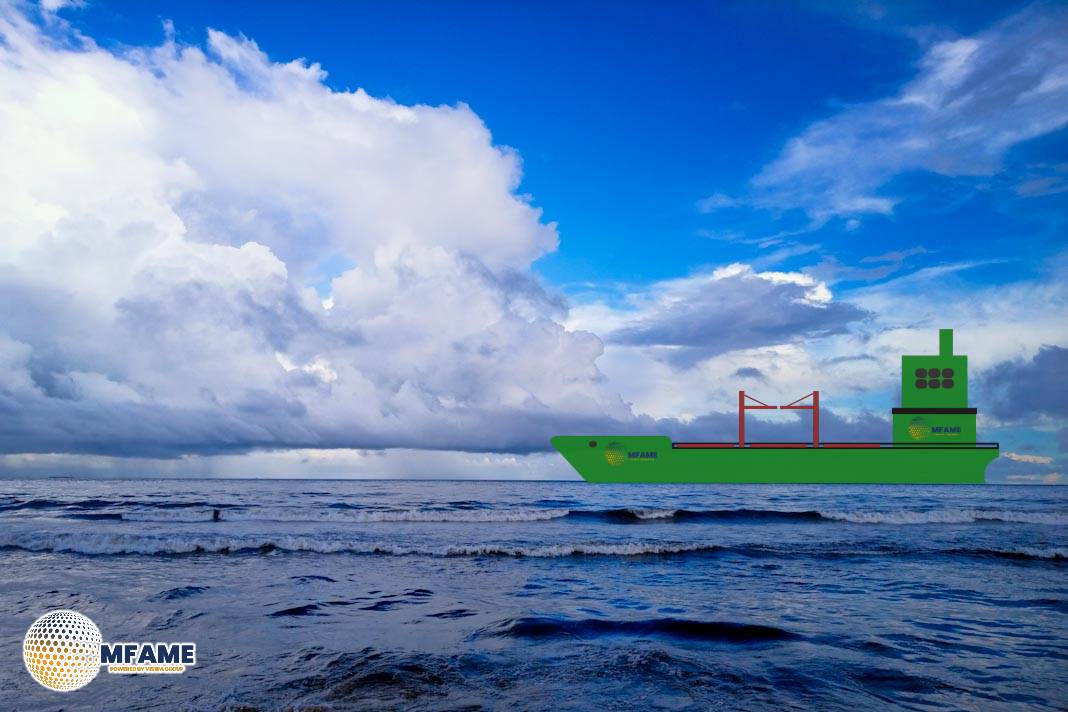The market for Very Large Crude Carriers (VLCCs) has recently experienced a strong surge, driven by geopolitical volatility and regulatory changes. This strength has broad implications for the oil market balance and shipping utilization into the winter season.
VLCC Market Momentum
VLCC rates are moving from strength to strength, with strong sentiment propelling them to highs not seen in several years.
- Rate Surge: Rates have surged, particularly on the key Arabian Gulf–China and West Africa–China routes. This strength has spread across the entire VLCC segment, with all regions posting gains as the available vessel list thins out.
- Geopolitical Drivers: The rally initially gained momentum from mid-October developments, including China’s port-fee regime on U.S.-linked vessels and the new wave of sanctions on Russian crude exports.
- Sustained Trend: Although both China and the U.S. have since paused their respective port-fee regimes, the short-term regulatory relief has not reversed the upward trend.
The market enters November with some of the strongest momentum seen since early 2022, raising the key question of whether geopolitical volatility and sourcing rebalancing can sustain this structural upswing through the winter.
Impact of Sanctions on Tonne-Miles
The volatile geopolitical landscape is poised to accelerate shifts in global crude sourcing, which directly benefits VLCC utilization by increasing tonne-mile exposure (a measure of volume multiplied by distance):
- Sourcing Rebalancing: Sanctions and regulatory volatility are expected to accelerate shifts in Chinese and Indian crude sourcing.
- Increased Tonne-Miles: Any sustained decline in Russian imports, which often travel shorter routes or use smaller vessel classes, in favor of Arabian Gulf or U.S. Gulf barrels would involve significantly longer voyage distances. These longer hauls would increase tonne-mile demand, thereby supporting VLCC utilization into Q4.
- Benefit to Compliant Vessels: These shifts benefit owners with clean histories and strong compliance by rerouting cargo from the “shadow fleet” to mainstream, longer-haul routes.
Oil Market Balance and OPEC+ Strategy
While the shipping market is tight, the fundamental oil market appears to be shifting toward oversupply, keeping oil prices under pressure.
- Oversupply View: The market balance is believed to have shifted toward oversupply, with Chinese storage builds being the only factor preventing a sharper price decline.
- OPEC+ Action: The OPEC+ decision to increase production, albeit modestly (just over 100,000 barrels per day), suggests a continued trend of more oil reaching the market. Recent reports confirm that OPEC+ is proceeding with a small production increase for December 2025 but is pausing further increases for the first quarter of 2026 to protect prices amid the surplus concerns.
- Tanker Benefit: With the current volume of oil in transit at record levels, the tanker sector is benefiting from high demand for transportation.
- Price Outlook: Oil prices are likely to continue drifting lower, potentially leading to a flattening or shift into contango (where future prices are higher than the current price) in the futures curve in the months ahead.
The current market is defined by a dichotomy: strong VLCC earnings driven by structural volatility and geopolitical risks, set against a backdrop of weakening oil prices due to supply outpacing modest demand growth.
Did you subscribe to our daily Newsletter?
It’s Free Click here to Subscribe!
Source: Breakwave Advisors

























